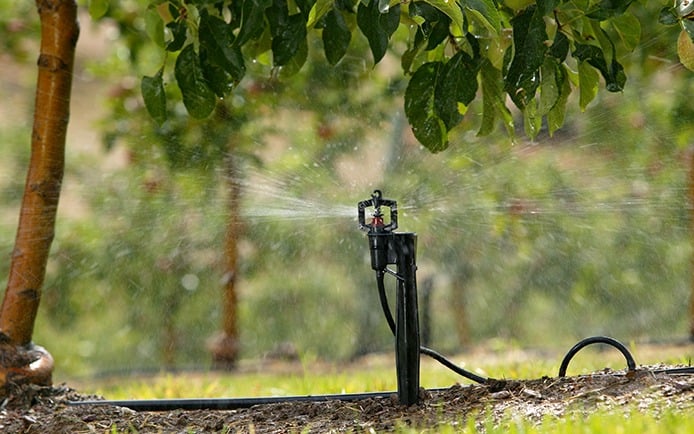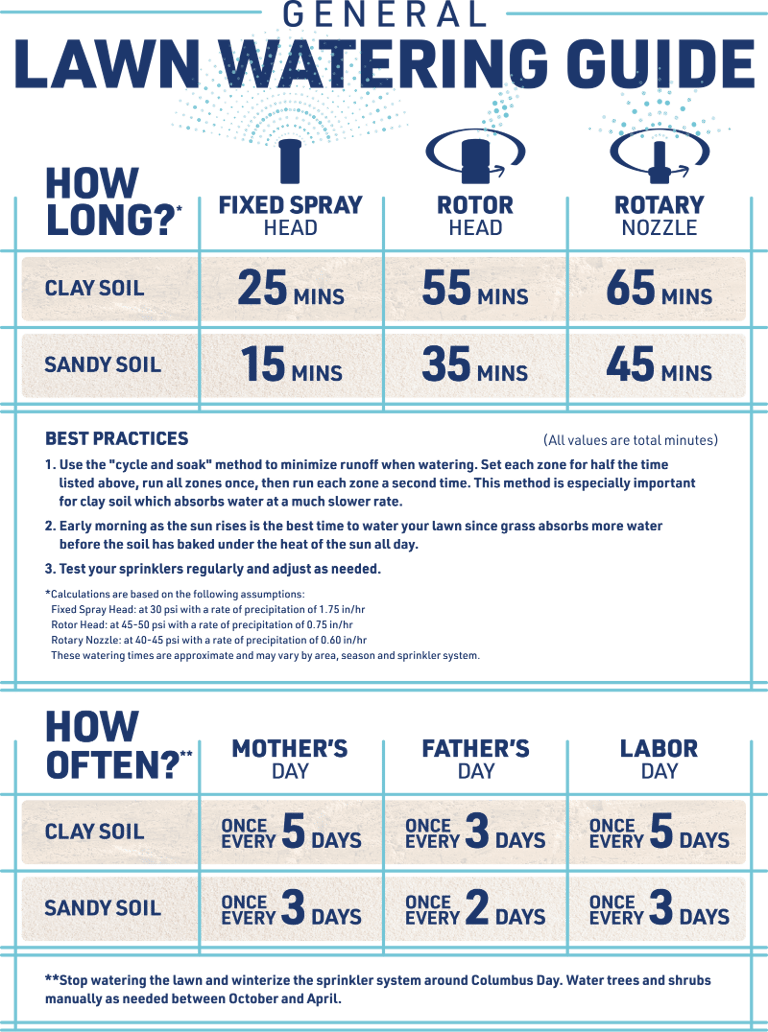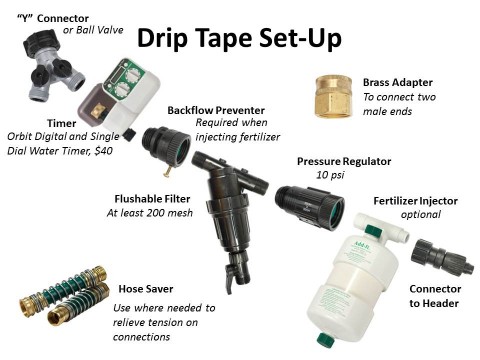DIY Irrigation Systems: Creative Solutions for Efficient Watering How to Use Drip Irrigation Efficiently
Blog post description.
DIYIRRIGATION
Jonathan Burton
4/26/20253 min read


Drip irrigation is a method of watering plants that delivers water directly to the root zone through a network of tubes, pipes, valves, and emitters. Drip irrigation can save water, time, and money, as well as reduce weed growth, pest problems, and soil erosion. However, drip irrigation also requires proper installation, maintenance, and adjustment, to ensure that the plants receive the right amount of water at the right time. I look at drip irrigation as an insurance policy, not a replacement for proper care. After installing drip irrigation your job shifts from having to water regularly to regularly checking to make sure your system is operating properly without leaks or clogs.
The design of the drip system will depend on the type and size of your system, as well as the layout of your garden.
Some general steps are to connect the main water source to a backflow preventer, a filter, a pressure regulator, and a timer. Then, run the main line from the water source to the area where you want to water your plants. Next, attach the drip lines, emitters, or sprinklers to the main line, using connectors, tees, elbows, or stakes. Finally, test the system and adjust the flow rate and the watering schedule as needed.
Regular maintenance of the system is crucial. Some general tasks are to check the water pressure and flow rate, clean the filter and the emitters, flush the lines, repair any leaks or damages, and replace any worn or broken parts. You should also protect the system from freezing, or overheating, by using insulation, mulch, or shade. You should perform the maintenance at least once a month, or more often if necessary.
Adjust the drip system according to the plant’s needs and the environmental conditions. The adjustment of the drip system will depend on the type and size of your system, as well as the type and size of your plants, and the weather and season.
Here are some tips on how to use drip irrigation efficiently:
Choose the right drip system for your plants and soil. There are different types of drip systems, such as point-source, line-source, micro-sprinklers, and soaker hoses, that can suit different plants and soil conditions. For example, point-source systems use individual emitters that deliver water to specific plants, which can be ideal for trees, shrubs, and containers. Line-source systems use drip lines or tapes that deliver water along a row of plants, which can be ideal for vegetables, flowers, and herbs and hedges. Micro-sprinklers use small spray heads that deliver water in a circular pattern over a large area, which can be ideal for ground covers and trees.
Soaker hoses use porous tubes that seep water along their length, which can be ideal for beds, borders, and under trees.
Quick Tip:
When calculating how much water, keep in mind there is a huge difference between the output of a drip emitter and a bubbler or garden hose. Compare how long it would take to apply 10 gallons of water through these methods.
2 MINUTES with watering hose
10 MINUTES with a 1-gallon per minute bubbler
600 MINUTES OR 10 HOURS with a 1-gallon per hour drip emitter.
As you can see drip systems should use multiple emitters and run for longer periods of time to adequately water the root zones of your plants.
You should monitor your plants and your soil for signs of overwatering or underwatering, such as wilting, yellowing, or browning of the leaves, or cracking, crusting, or pooling of the soil. You should also use a soil moisture sensor, a rain gauge, or a weather station to measure the actual water levels and adjust the system accordingly.
Conclusion
Watering your plants is not a one-size-fits-all task, but rather a skill that requires observation, experimentation, and adaptation. By following the tips and best practices in this article, you can learn how to water your plants properly, whether they are indoor plants, container plants, or plants in the ground. You can also learn how to use drip irrigation efficiently, to save water, time, and money, while improving the health and appearance of your plants. Remember, the goal is to provide your plants with the right amount of water at the right time, to help them grow and thrive. Happy watering! 😊






